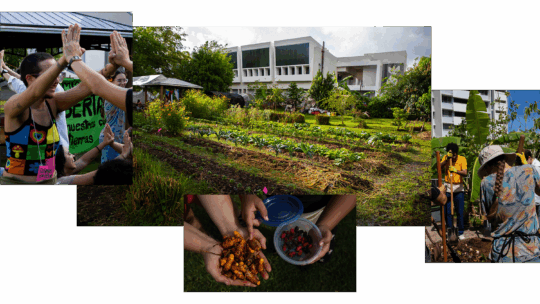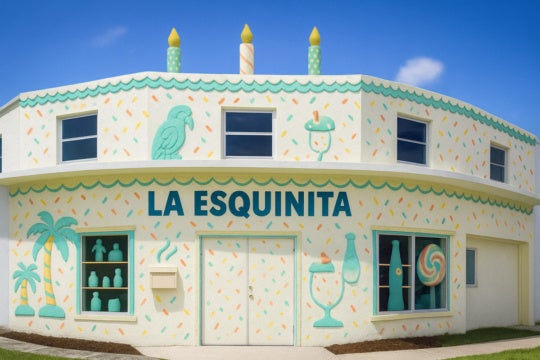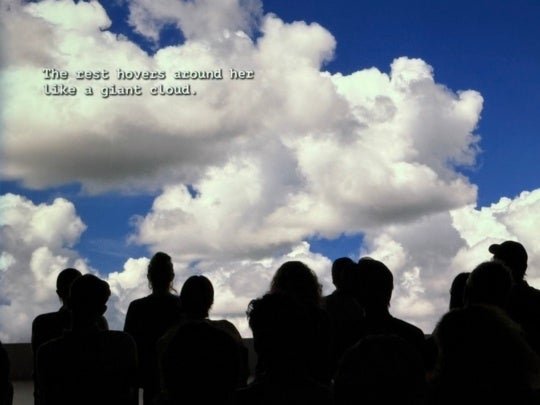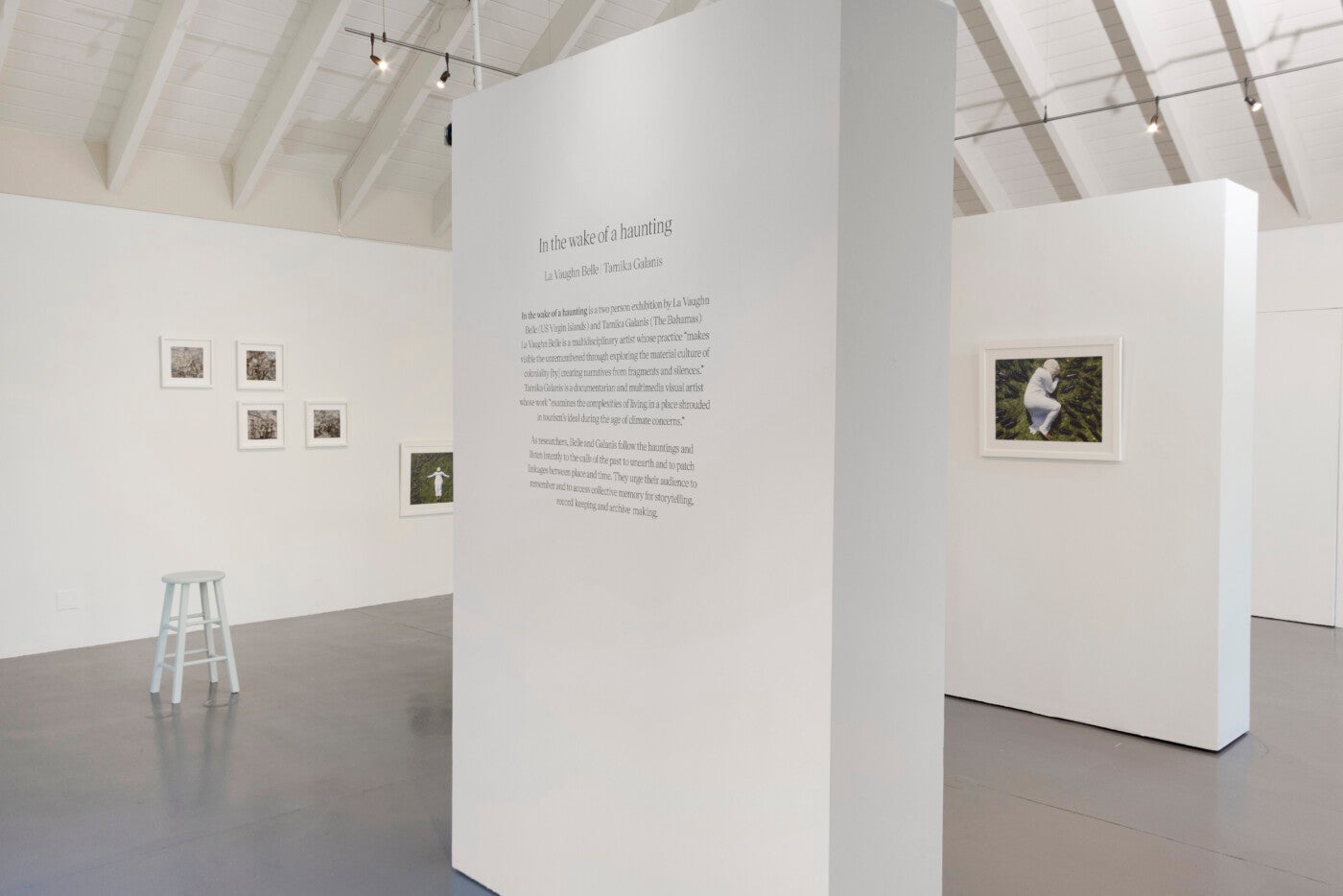
in the wake of a haunting is the latest exhibition in TERN’s growing archive. Curated by Jodi Minnis, the exhibition features the work of La Vaughn Belle (US Virgin Islands) and Tamika Galanis (The Bahamas). The gallery has made a practice of bridging Bahamian artistry with innovation from the broader Caribbean and its diaspora, allowing for unique dialogues of exchange within the region. Belle and Galanis transport their audience to the Carolinas and its sea islands, highlighting the legacy of enslaved Africans who were shipped to the Americas, in their embrace of the landscape. The descendants of these enslaved became the Gullah Geechee people and were shipped as chattel to areas within the lower Atlantic Coast, including the islands of The Bahamas [1].
in the wake of a haunting imbues the gallery space with an atmosphere of meditative reflection to consider individual and collective relationships to the landscape, colonial Caribbean connections, and traumas of the transatlantic slave trade. The Carolinas become a surrogate landscape for these artists to enact memory, and reflect on the shared heritage of enslaved ancestors. Artists make visible and present the haunting, and viewers are left in its wake.
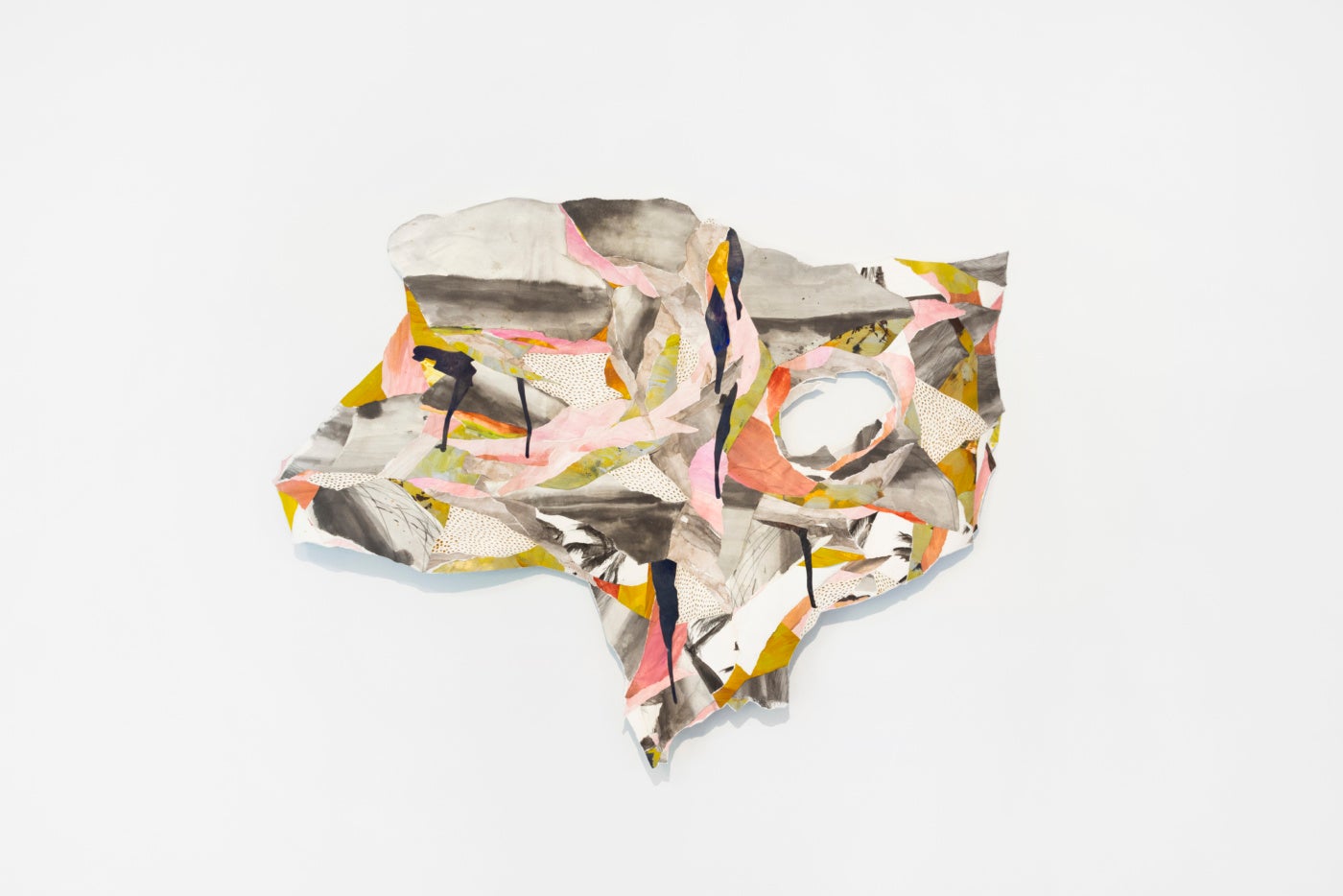
La Vaughn Belle chooses a direct embodiment of the landscape, using materiality to stimulate a deep understanding of territory. In Belle’s series Storm (how to imagine the tropicalia as monumental), the artist salvages previous works on paper from her studio, damaged by Hurricane Maria, to form a surface that references the landscape. Strips of painted, ripped, punctured, and burnt paper are collaged to create masses that become an archipelago emerging from the surface of the gallery walls. Belle’s play of cool jewel tones and clash of patterns prompts the viewer to inspect what the storm has wrought in a sensory experience as the eyes roam over the textures that make present the impact of the hurricane. The paper surface bends and protrudes in mountainous peaks, mirroring Caribbean typography in the Greater Antilles. The shapes that emerge from the joined material are organic, further invoking the natural. The material, forever altered by Hurricane Maria, holds the trauma and memory of the storm, while acting as a metaphor for resilience. What is recovered? What is gained?

Effluvia (2023), a video installation, shows scenes of La Vaughan Belle in the Carolinas moving through tall marsh grass, low riverlands, remains of rice plantations, and wetlands while she poetically narrates the history of slavery and labor in the region. Belle, dressed in ultramarine blue throughout the film, pays tribute to Yemaya, a sea goddess originating in African spiritual traditions. In one scene, the artist is covered in a crown of Spanish moss from her head to her neck, leaving her face visible, while in another Belle floats unmoving in still brackish river water. The landscape becomes a site of ritual and fellowship for Belle in conversation with Galanis’ use of the landscape as a site of memory and healing.
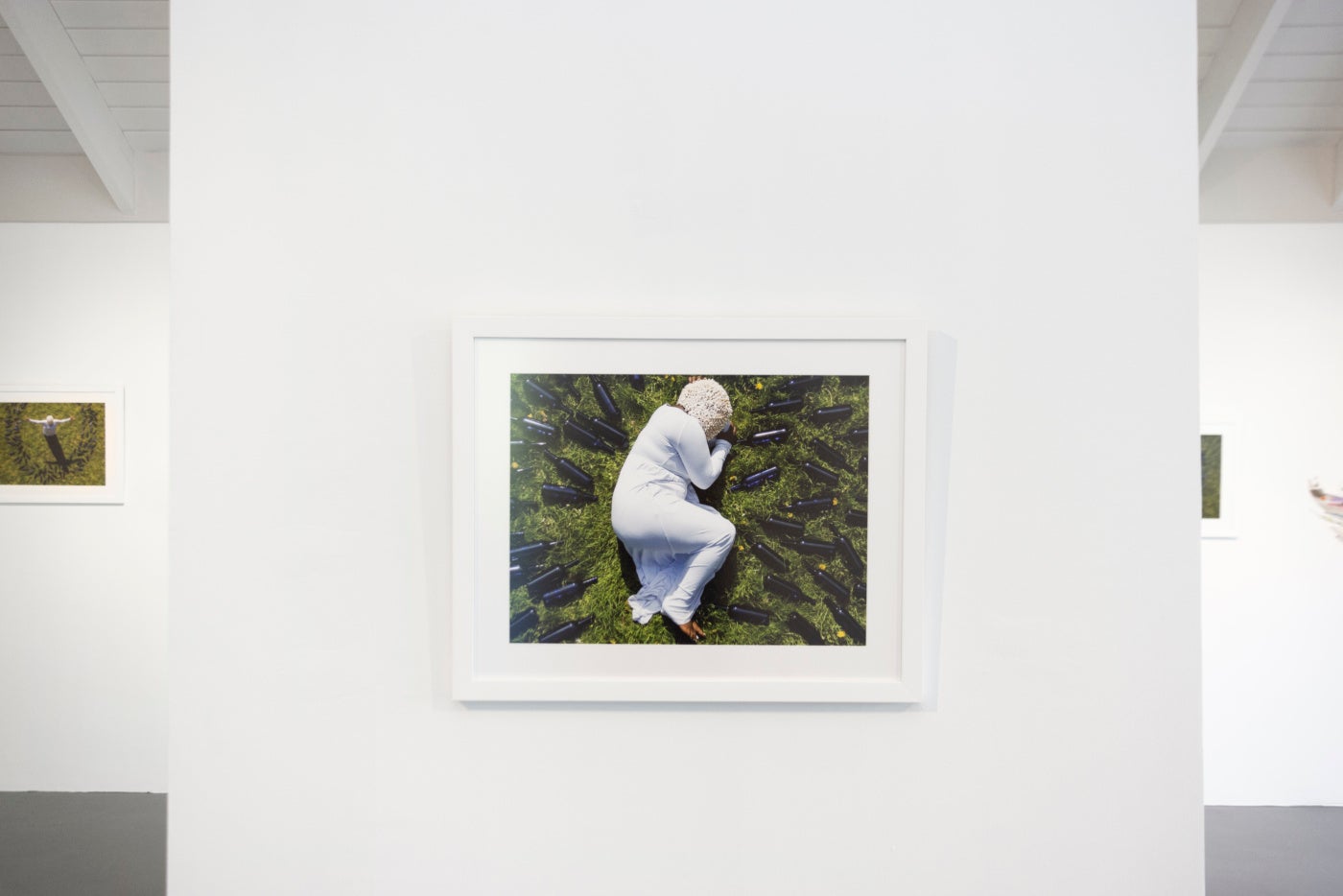
Tamika Galanis delves into the history of South Carolina, drawing on “ancestral healing technologies” and Afrosurrealism through the use of the color blue. These blues, consistently present in the artist’s two-part series The Healing and The Healer, are rooted in the knowledge that survived the deadly Middle Passage across the Atlantic through enslaved descendants in the Carolinas. According to Galanis, the color used in the bottles of the African bottle tree mirrors the sky to trick and trap dangerous spirits [2]. At dawn, the spirits are released from the blue bottles, protecting inhabitants from evil. For the artist, the deep hue of the bottles also references the history of indigo plantations in the South Carolinas. A bottle tree just outside of the gallery protects the space and sets a tone of healing for the exhibition.
In The Healer series, the artist is photographed barefoot, in a plain white gown, against a grassy field. Her face is hidden by the artwork, The Whole Armour, I (2024), a full-coverage mask studded all over with cowrie shells. Indigo bottles are scattered around the central figure. Featured works, The Healer, II (2024) and The Healer, IV (2024), show the figure commanding a halo of protection. In The Healer, III (2024), however, Galanis’ figure is suddenly vulnerable in the fetal position, arms, and legs bent and tucked close into the body. The gleaming blue of the bottles is in focus inches away from the figure; Galanis invites the audience to witness the protective work of the haunt.

Galanis’ The Healing prints interweave blue with vegetation and archival material, to create a layered visual history of enslavement. White flowers from the Bradford pear tree, blossom against a blue sky, while the faces of the enslaved are visible between the tree’s thin grey branches. The white petals of the flowers frame the dark solemn faces of the enslaved. Galanis in this series departs from indigo to use ‘haint blue’: a pigment derived from indigo plantations and painted on ceilings, windows, and doors to ward off spirits in the Carolinas [3]. The Healing, I (2024) layers an archival slave auction advertisement for enslaved Black people at Vendue House in Nassau, The Bahamas against the Bradford pear, haint blue, and an antebellum photograph of a Black woman from Galanis’ research in archives of the Library of Congress. Her eyes look out at viewers, searching and implicating the audience in the marking of her body as a commodity. Galanis connects chattel slavery in The Bahamas to the Carolinas through these intersections visually, hinting towards the historical relationships of colonialism and enslavement of these territories.
in the wake of a haunting invites viewers to consider heritage, landscape, and colonial history. Memories whisper against the white walls of TERN Gallery as viewers bend to experience artwork displayed off-center and below eye level, disrupting the gaze of those who might refuse to engage. Both Belle and Galanis seem to be guided by a direct look at the past in our present, making themselves vulnerable to embody history. The path of remembering is laid bare welcoming new connections to a collective past.
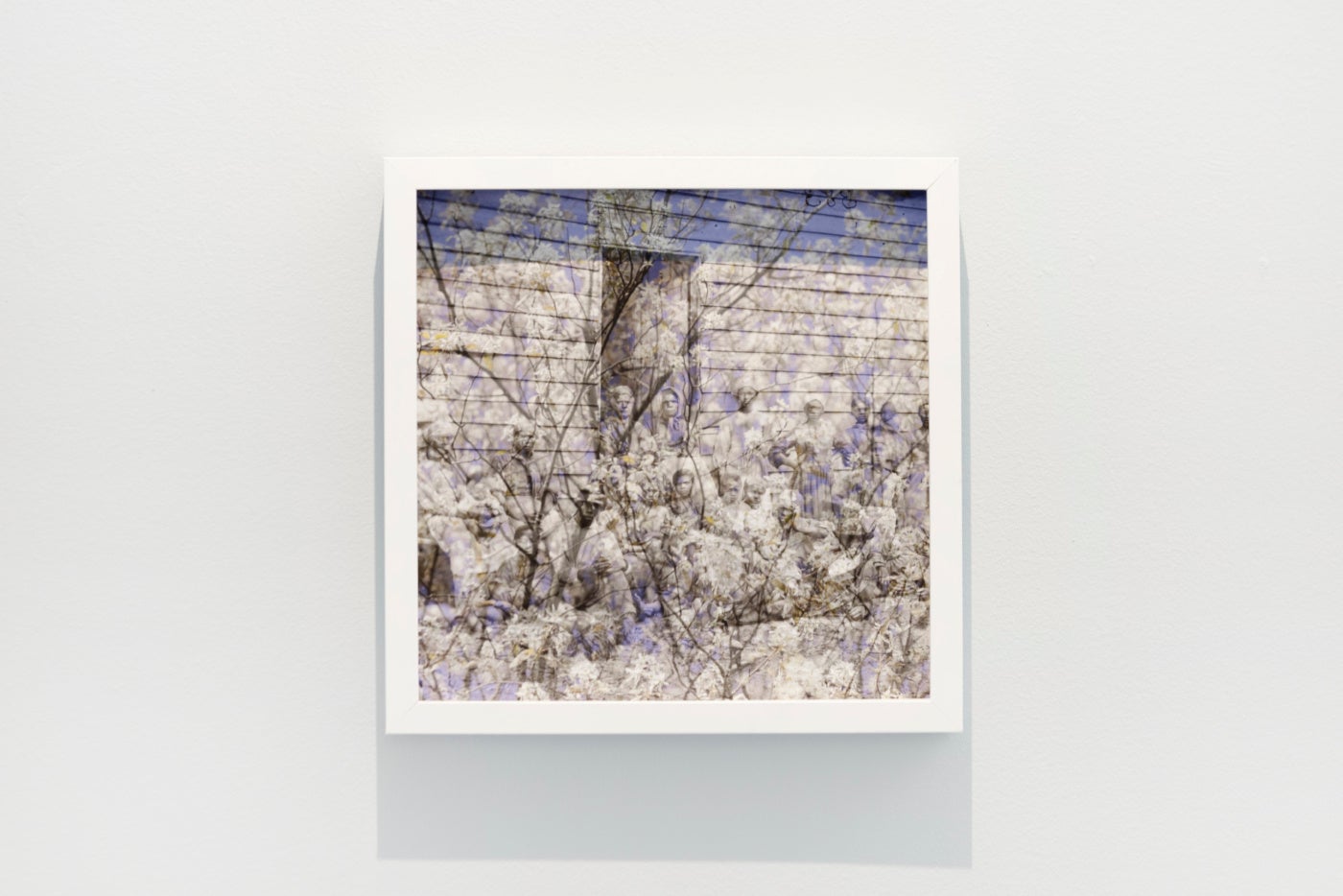
1. Gullah Geechee Cultural Heritage Corridor Commission, “THE GULLAH GEECHEE – Gullah Geechee Cultural Heritage Corridor,” The Gullah Geechee, August 5, 2019, https://gullahgeecheecorridor.org/thegullahgeechee/.
2. Jesslyn Shields, “Bottle Trees: A Beautiful Tradition With a Spiritual Past,” HowStuffWorks, October 5, 2022 https://history.howstuffworks.com/history-vs-myth/bottle-tree.htm.
3. Shoshi Parks, “What the Color ‘Haint Blue’ Means to the Descendants of Enslaved Africans,” Atlas Obscura, January 14, 2020, https://www.atlasobscura.com/articles/what-haint-blue-means-to-descendants-enslaved-africans.
in the wake of a haunting is on view at TERN Gallery in Nassau, The Bahamas through July 6, 2024.

